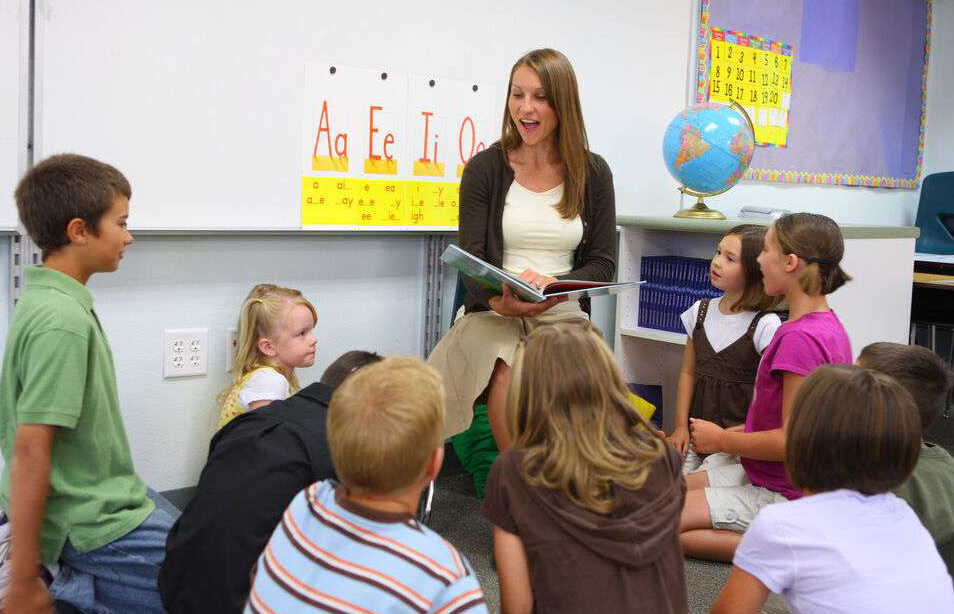By Brock Eide, MD MA, co-founder of Dyslexic Advantage and Neurolearning SPC

In recent years, research on reading development has revealed that truly skilled reading requires two kinds of skills: the ability to quickly and accurately decode or “sound out” unfamiliar written words using the rules that govern letter-sound relationships; and the ability to recognize automatically or “on sight” most of the commonly used words in your language. Research has also shown that in most people these two abilities are developed sequentially, with decoding skills developing first, and sight word recognition later. Unfortunately, for most students who remain poor or “dysfluent” readers, including those with dyslexia, sight word recognition skills never fully develop, and they remain dependent upon slower decoding or sounding out strategies for most of the words they read.
Recently, two leading reading researchers from the United Kingdom, Professors Angela Fawcett and Rod Nicolson, have suggested that some of our common instructional practices for building basic reading skills may unintentionally be “fixing” many poor and dyslexic readers at the sounding out stage and making it harder for them to develop sight word skills. These researchers are experts on procedural learning in students with dyslexia. Procedural learning is the ability to make “how to” skills (such as decoding, spelling, and recognizing words “by sight”) automatic, so they can be performed both quickly and accurately, and without the use of conscious mental resources. Their work has shown that, on average, students with dyslexia are much slower in making these skills automatic than non-dyslexic ones; but frustratingly, they have also found that dyslexic students are much slower in unlearning any skills they have already made automated, so that those skills can be replaced with more efficient and effective skills.
In the case of reading, their concern is as follows. If we teach students decoding first, then sight word reading later, we may unintentionally be making it harder for the ones with procedural learning challenges to ever advance from using decoding strategies to fluent sight word recognition. Their automatic response when seeing text will be to try to decode the words first, rather than try to recognize them as wholes.
To prevent this unintended “fixation” on decoding, these researchers proposed that students should practice strategies which encourage sight word recognition much earlier in the instructional process then it has typically been used—perhaps even simultaneously with the transition from basic letter-sound and sound manipulation instruction (phonological awareness) to instruction in phonics and word decoding.
According to the work of the National Reading Panel (NRP), one of the best techniques for teaching fluent reading based on sight word recognition is guided repeated oral reading, sometimes called “echo reading”. In this strategy, a skilled reader or “guide” will first read a passage, then the student will read the same passage back. The guide will then identify errors, re-demonstrate the correct reading, and have the student try again. The NRP found this practice to be effective in improving not only reading accuracy and speed, but also reading comprehension.
I recommend that guided repeated oral reading (typically 15-30 minutes daily) be started early for most of the students with dyslexia.
I would also highly recommend guided repeated oral reading for people of any age who want to improve their reading fluency.
Brief addendum from Fernette: What Brock is referring to is the beneficial practice of echo reading passages (listening to a fluent reader reading a passage, then reading it yourself).
This sort of reading practice does not take the place of decoding work and reading decodable books. It is a different type of practice of the other skills one must master (involving smooth eye movements, sight words, etc.) in order to become a fluent reader in the future.
Sometimes we have seen students who have never had this practice – but over the years only read what they could fully decode themselves. By the time they become teens and have reached a level of decoding proficiency, they are surprised that their reading is still so slow and effortful.
What they should have been doing all along as a separate practice is this guided reading model where you hear fluent reading of passages and then you read it yourself. You have the memory trace in mind about the passage – so it helps the decoding – but in the meantime you get practice and reading with good speed and fluency.
In the classroom, guided reading can take the form of a teacher pre-teaching vocabulary, reading aloud a passage with good fluency (as a model), choral reading a passage together, then splitting up in pairs to read the passage to each other. It can also be a boost for students who otherwise are still having to work at decoding every word.
At home – having a parent or older sibling (or even audio recording from the library) read a short passage, followed by a child may be a way to incorporate echo reading into a daily routine. You can choose the funny parts or dramatic parts or let your student choose.
If you want to sign onto a subscribe web-based book service with audio support that can be used for guided reading, check out your local library to see if there is a service that you can access for free. Otherwise there are programs like EPIC or Tumblebooks or Buddy Books or LightSail that incorporate guided reading in their book offerings.














